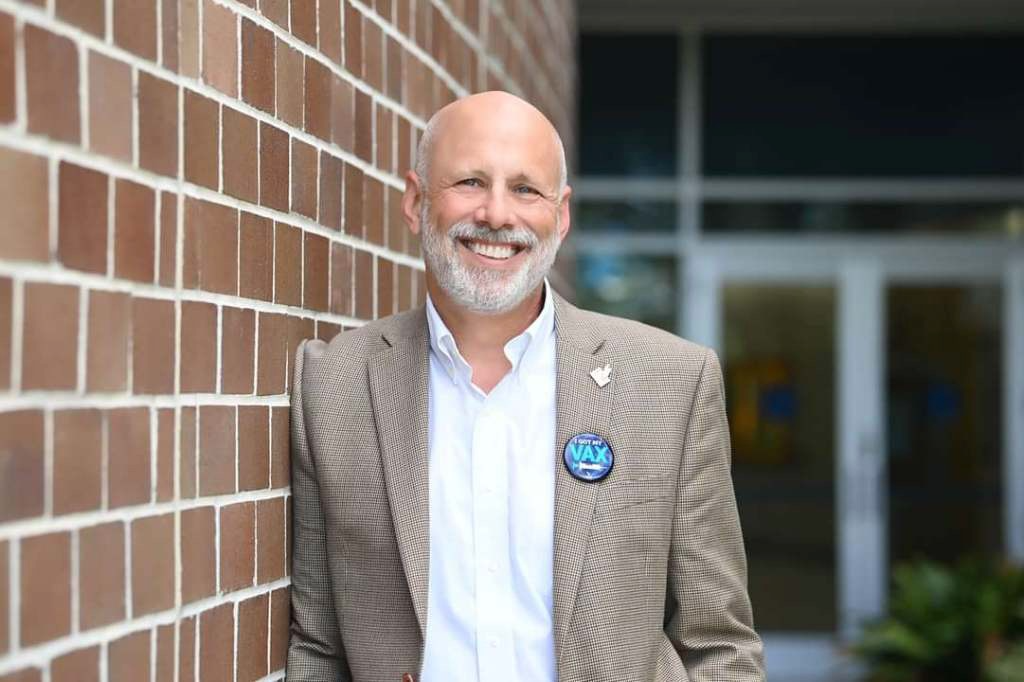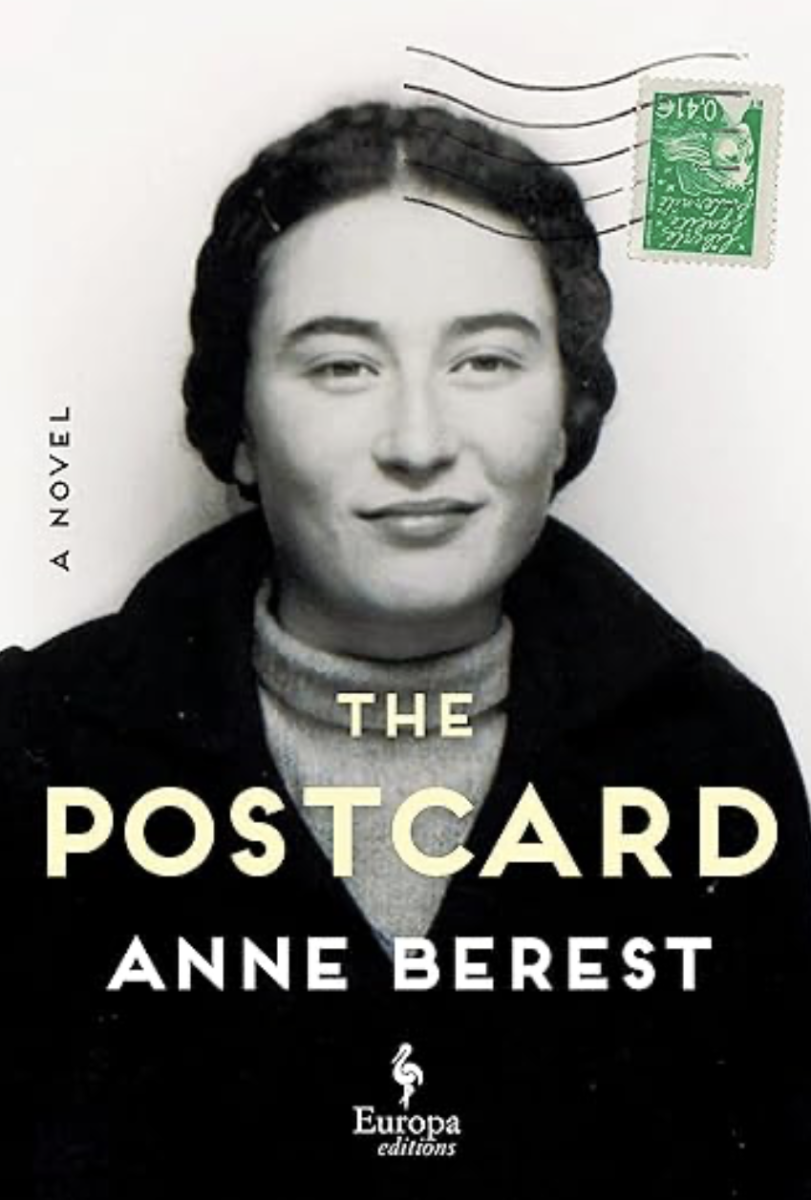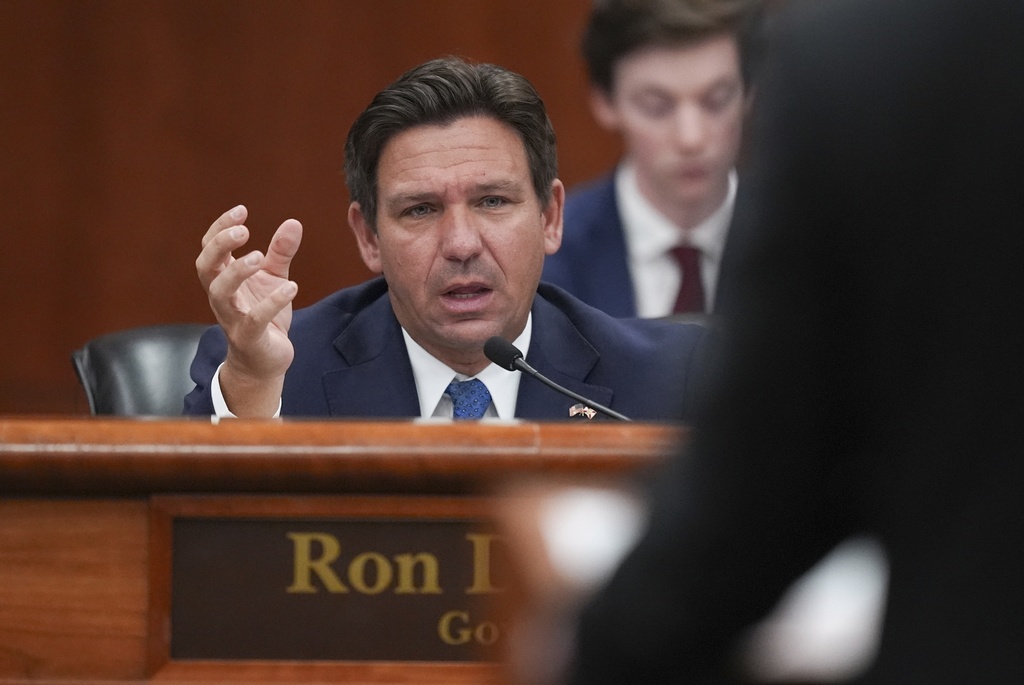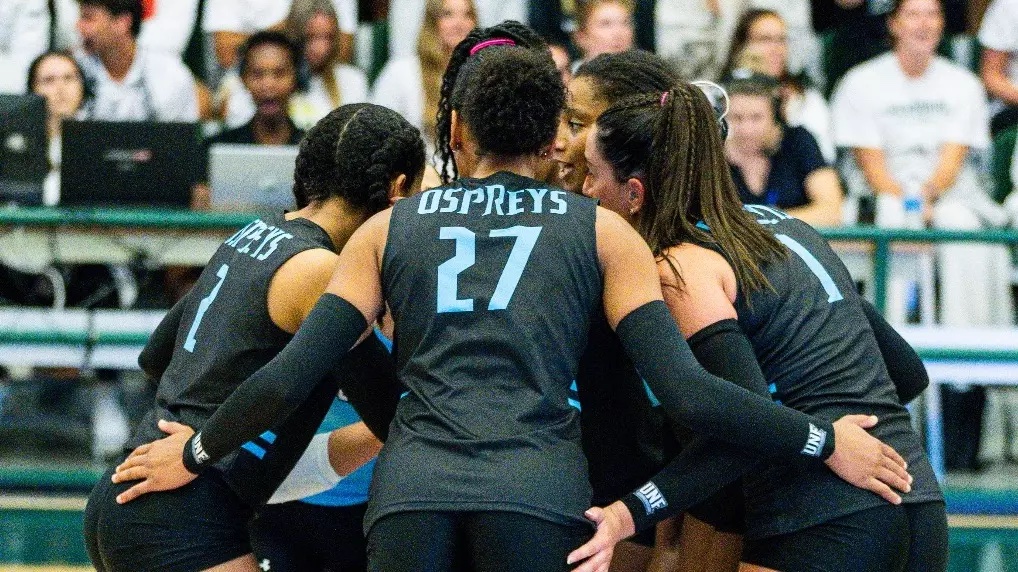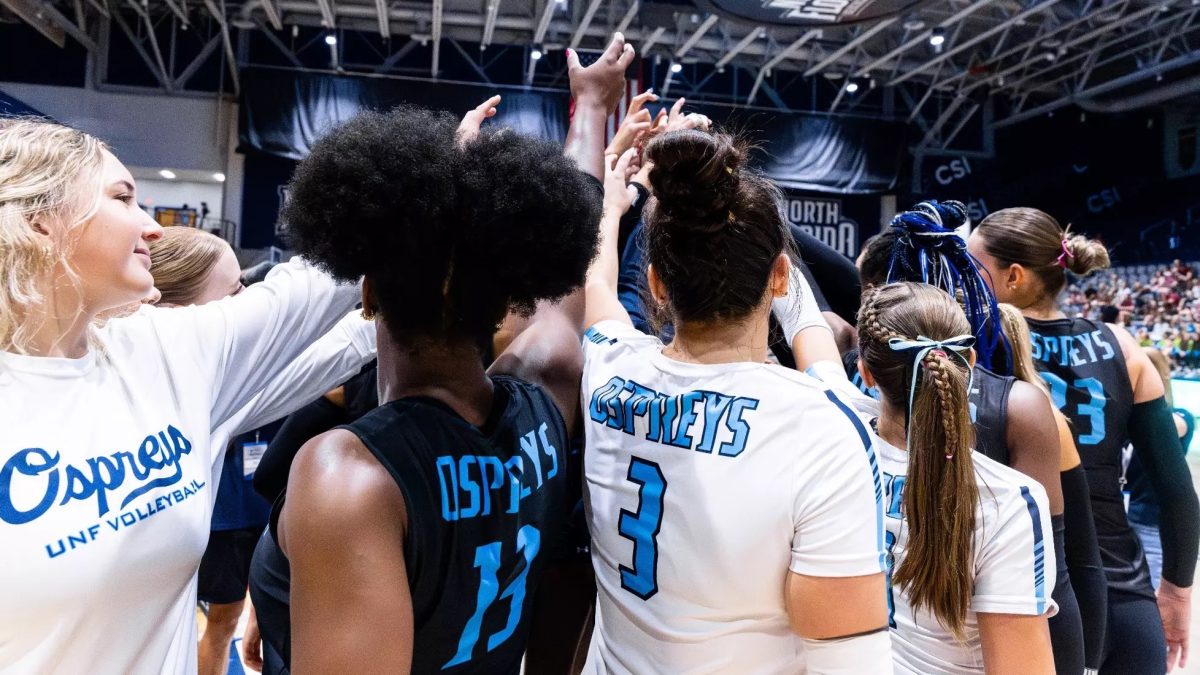The UNF Board of Trustees will be finalizing a decision April 16 regarding the acquisition of the Jacksonville Museum of Contemporary Art, an investment that President Delaney described as a
“no-risk deal” unless the value of the art decreased.
Initial estimates of MOCA’s collection of more than 800 pieces were insured at $10 million. That figure included a $2 million insurance net to cover exhibited artwork not owned by MOCA. After Christie’s fine-art auction house reevaluated the collection, it was determined MOCA’s top 50 pieces were market-valued at just $1.3 million.
If retained, a single piece from abstract expressionist Joan Mitchell would bump up the collection’s value by $1 million alone.
Delaney already admitted that small cultural organizations such as MOCA are inherently unprofitable in mid-size markets such as Jacksonville’s, and according to reports from the Jacksonville Business Journal, the museum has been operating on a deficit since 2005.
The appraisal estimated the top 50 highest value works out of the MOCA’s 800-plus piece collection, but UNF Vice President and Chief of Staff Tom Serwatka cautioned against considering the rest of the collection’s liquidity.
I would never sell the art, but if I was evaluating it, I would shy away from the whole deal anticipating a bust that would hurt the non-profit sector of contemporary art even more so than those in it for monetary gains.
But the viability of art as a sound, albeit dispensable, form of investment continues unquestioned and unregulated. The bidding for art at Sotheby’s international auction houses reflect the latest bubble boom in contemporary art.
Christie’s chief executive, Ed Dolman, recently estimated the contemporary art market had grown in value to $20 billion in the past eight years, although art market estimates are mostly guesswork.
But economist and financial historian Edward Chancellor said most contemporary art is inherently worthless, likening it the subprime mortgage-backed securities that inflated the housing bubble all the way to the recent bust.
No worries. With the $50 million the National Endowment for the Arts received as part of the American Recovery and Reinvestment Act of 2009, high officials like Robert Lynch, President and CEO of Americans for the Arts, successfully greased up the House Education and Labor Committee after lauding Congress for its infusion. Somehow they were able to squeeze another $10 million from the Omnibus Appropriations bill even after reporting the decline in private sector investment in art endowments.
The unforeseen future of art and its profitability has not even been fully recognized, yet the government sees it fit for economic stimulation.
Delaney expects to somehow just take over the museum without subsidizing it, banking on declining ticket sales and federal grants. But if recent government infusions can attest to what will happen in the contemporary art market, further artificial inflation can be expected.
As the Board of Trustees determines the future of UNF in relation to the Jacksonville MOCA, I would hope they take the gray area, guesswork and instability of art as an investment into full consideration.
E-mail Jonathan Morales at news@unfspinnaker.com.




